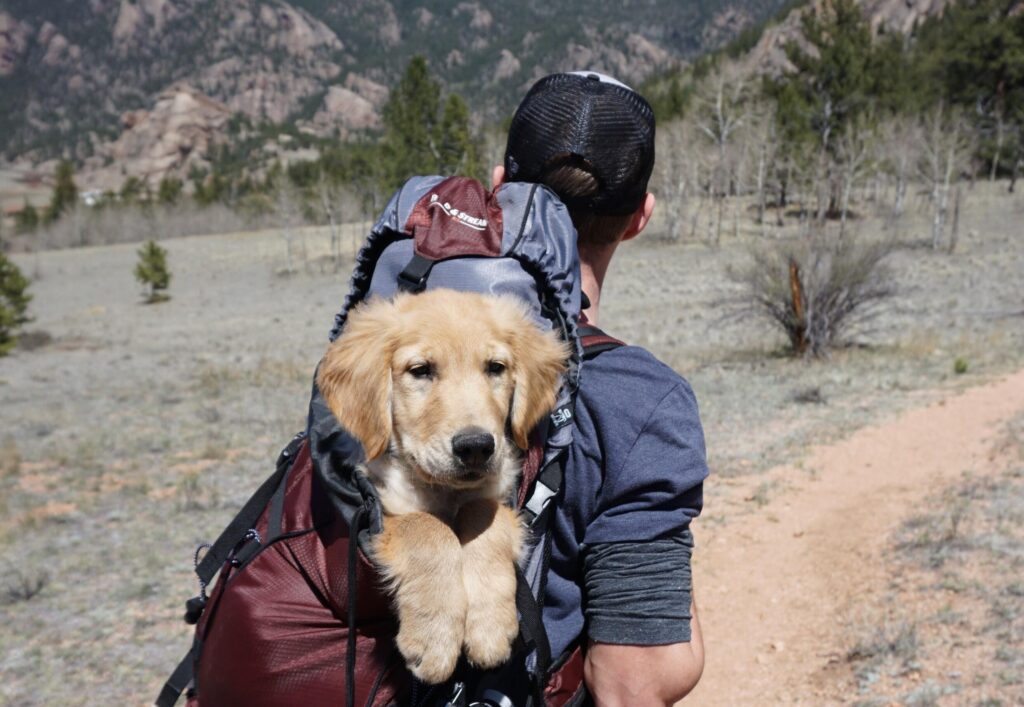When disaster strikes, our lives can be thrown into chaos. However, as pet owners, it’s not just our lives we need to consider; our pets depend on us for their safety, too. Just as we need a disaster plan for ourselves, it’s equally crucial to have one for our pets. This guide provides insight into how pet owners can adequately prepare for emergencies to ensure their pets’ safety.
Understanding the Threats
Every region carries its unique set of risks, from earthquakes and wildfires to hurricanes and tornadoes. In addition, other emergencies, like house fires or power outages, can happen anywhere, anytime. Being aware of the potential disasters that could impact your area is essential for preparing an efficient disaster plan that includes your pets. Research your local disaster risks and plan accordingly.
Crafting a Pet-Inclusive Disaster Plan
Creating a disaster plan for your pets involves addressing different scenarios. These include evacuation events, like wildfires or hurricanes, or shelter-in-place situations that might occur during a severe storm or pandemic. Keep in mind that pets can become highly stressed during such events. By preparing in advance, you’ll be in a better position to manage your pets and ensure their safety.
Identification: Ensuring your pets are easily identifiable is crucial. Alongside traditional collars and tags, consider microchipping your pets. This permanent form of identification could be instrumental in reuniting you with your pets if you get separated. Make sure to register the microchip and keep your contact details updated.
Carriers and Leashes: Always keep pet carriers and sturdy leashes at hand. During an emergency, these items will prove invaluable for safe transportation and control of your pets.
Safe Spaces: In a shelter-in-place situation, you should designate a safe, comfortable, and secure area in your home for your pets. This area should be free from potential hazards, such as windows that could shatter.
Assembling a Pet Emergency Kit
Like your personal emergency kit, a well-stocked pet emergency kit is an integral part of disaster preparedness. Here’s what you should include:
Food and Water: Stock at least a week’s worth of food and water for each pet. Remember to rotate the supplies periodically to maintain freshness.
Medications and Health Supplies: If your pet has specific health needs, ensure that you have an extra supply of their medications. Additionally, items like heartworm medication and any other health supplies should be part of your kit.
Documentation: Store essential documents like your pet’s vaccination records, medical history, registration information, and a recent photograph in a waterproof envelope.
Comfort Items: In stressful times, familiar items can help soothe your pet. Pack their favorite toys and some preferred treats if you have the space.
Evacuation Strategies with Pets
If SHTF and you need to evacuate, always take your pets with you. Disasters can be as life-threatening to them as they are to humans. Here are some steps to make the evacuation process smoother:
Evacuation Locations: Find pet-friendly accommodations in advance. Research local pet-friendly hotels, shelters, or make arrangements with friends or family who wouldn’t mind temporarily housing your pets.
Transportation: Make sure your pets are comfortable with their carriers. Regularly allow your pet to spend time in their carrier to build familiarity and reduce stress during actual emergencies.
Contingency Plan: In the extreme event that you must evacuate without your pets, do not tether or cage them. Instead, leave them with plenty of food and water and post a sign indicating the presence of pets to aid rescue workers.
Training and Socialization
Training your pets can significantly help during emergencies. Teach them basic commands, such as “come,” “stay,” and “quiet,” which could be essential during an evacuation or when meeting strangers in a shelter. Regular socialization will also help your pets stay calm around new people and other animals.
Conclusion
As pet owners, we must protect our furry friends when disasters strike. By incorporating these guidelines into your disaster preparedness plan, you can rest assured that you’re doing your best to keep your pets safe. Remember, preparedness is a continuous process – regularly revisit and revise your plans as needed and with the right preparation, you and your pets will be able to weather any situation.
